It’s an early morning bus ride and border crossing, but we are finally in Bolivia, leaving Peru behind. La Paz (which means Peace) is the political and financial centre of Bolivia but not its true capital as most would assume. With its 1.5 million plus inhabitants, it is renowned as the highest city in the world at 3,650 metres (11,975 feet).
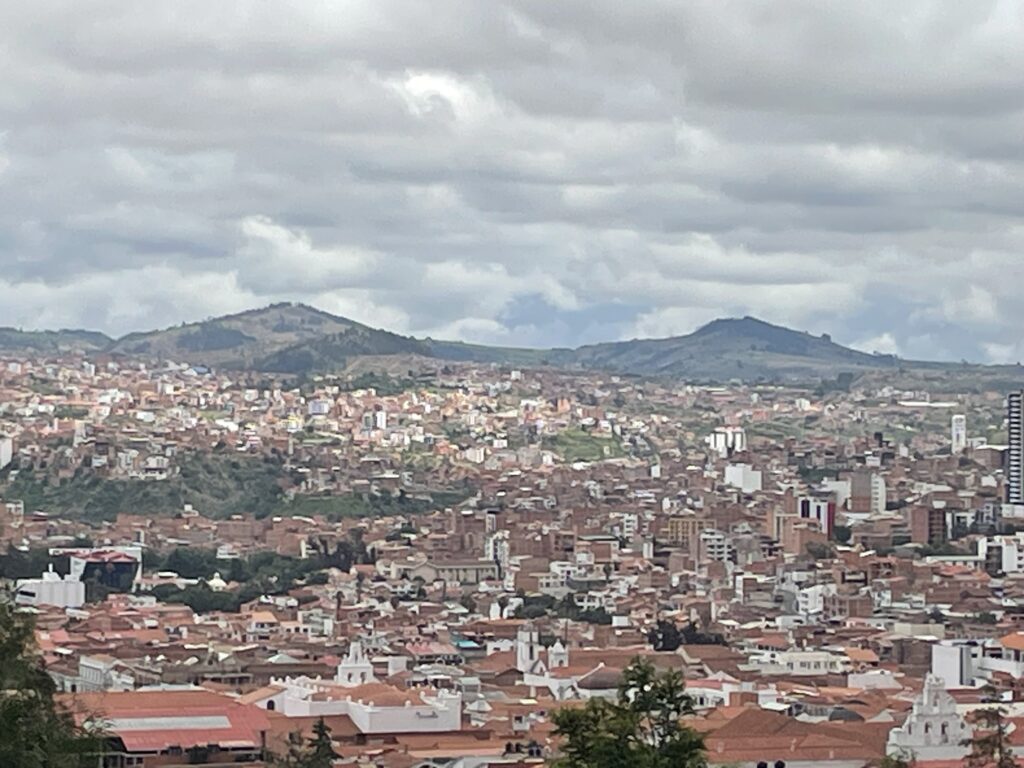
We can feel the strain on our lungs as we navigate its steep hillside streets while visiting the interesting Witches Market. The shops we visit contain potions and powders for every ailment of the body but also dried llamas fetuses which are offered as a sacrifice to Pachamama (Mother Earth). At first, these baby llamas look like stuffed animals but are indeed the real thing.
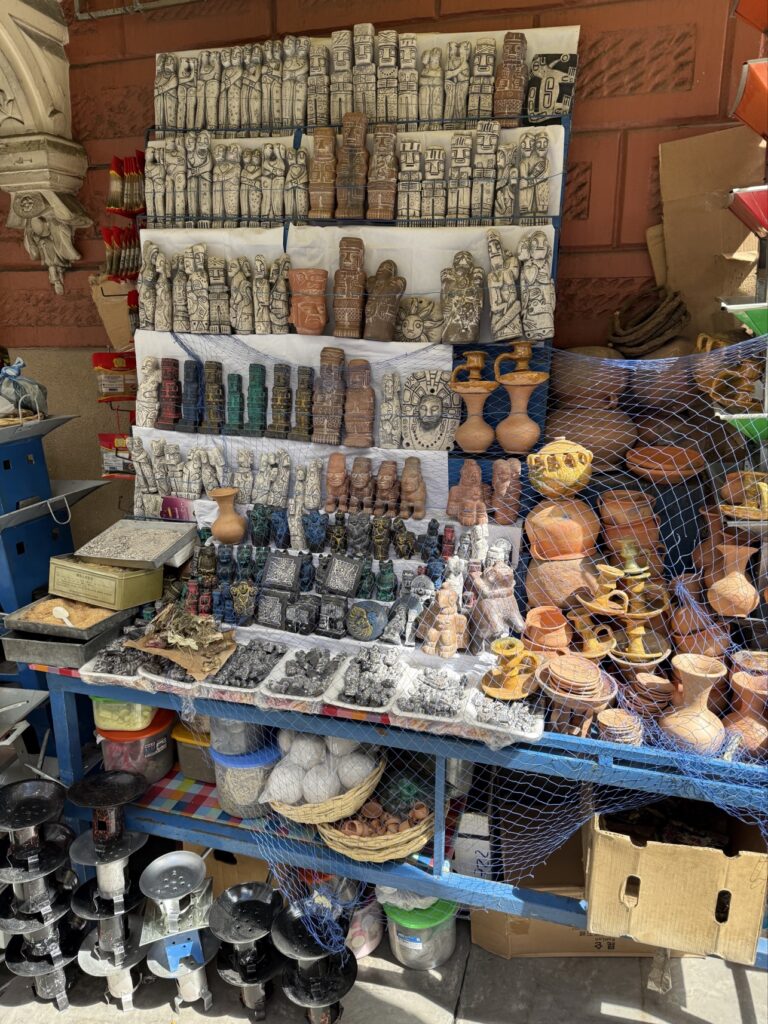
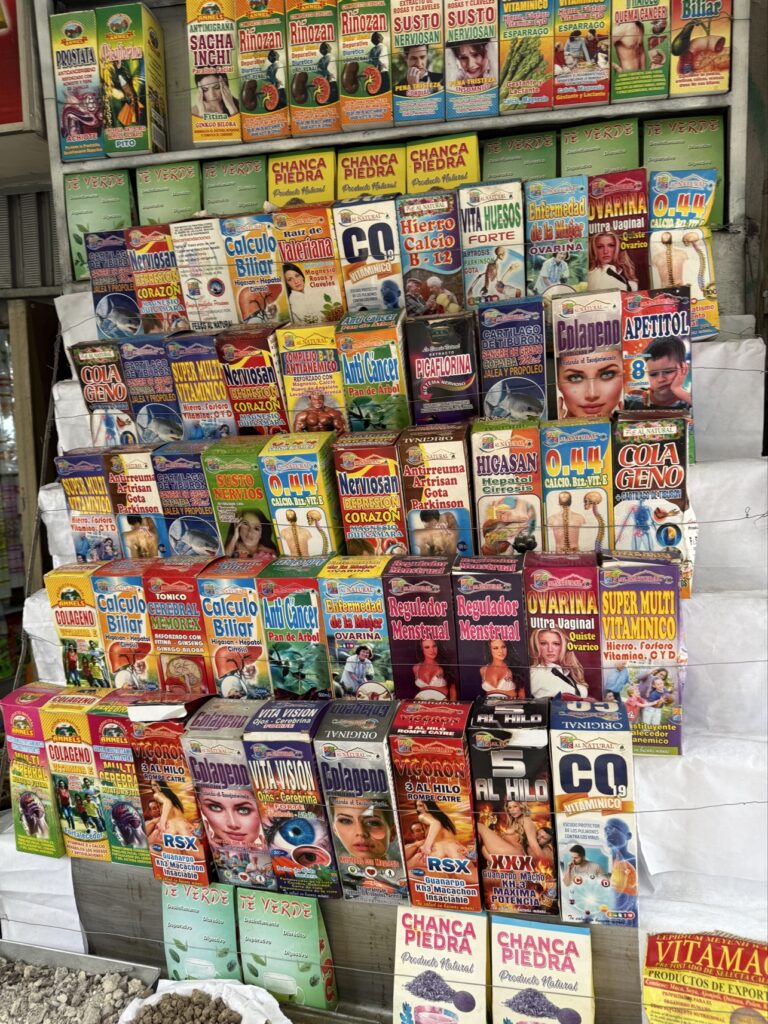
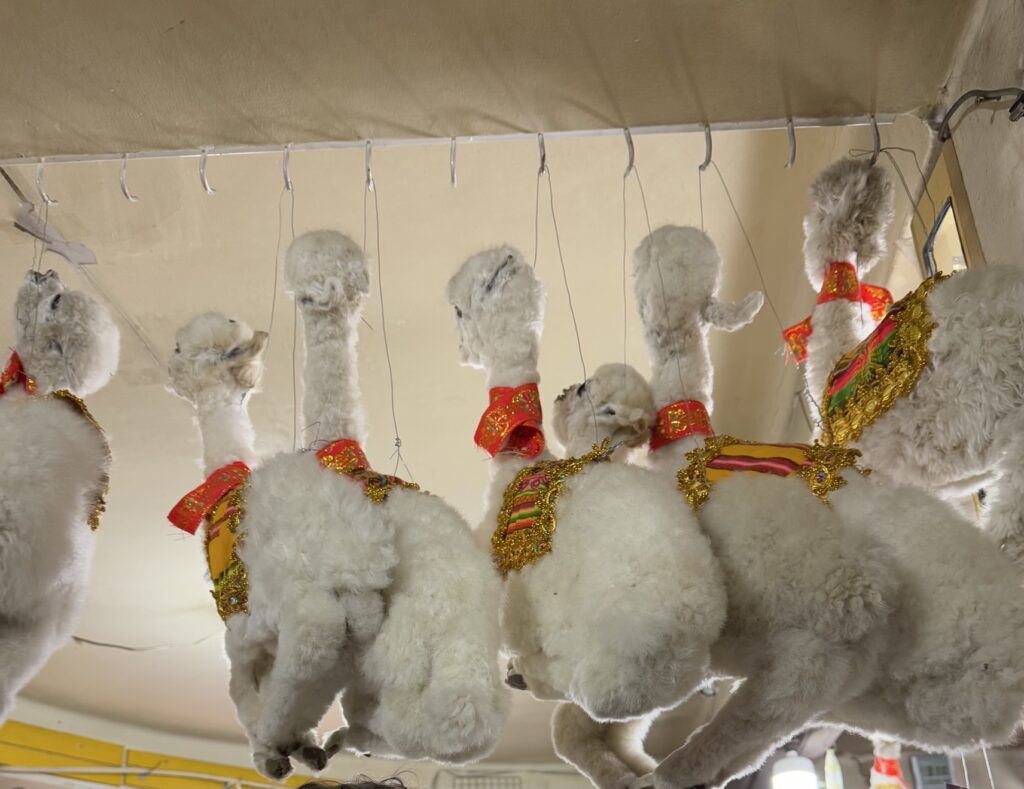
Nearby is the Calle de Los Paraguas which is filled with colourful umbrellas hanging above us, catering to all tourists. Clothing and souvenir shops as well as restaurants line this street. Daytime and night time is a great time to visit.
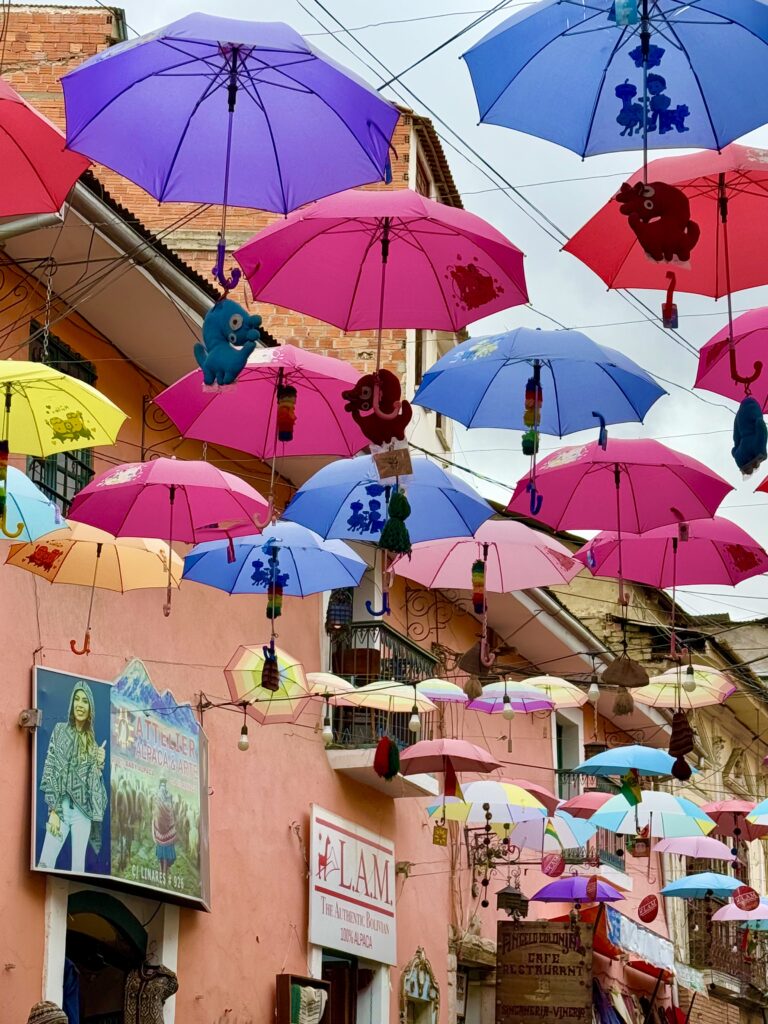
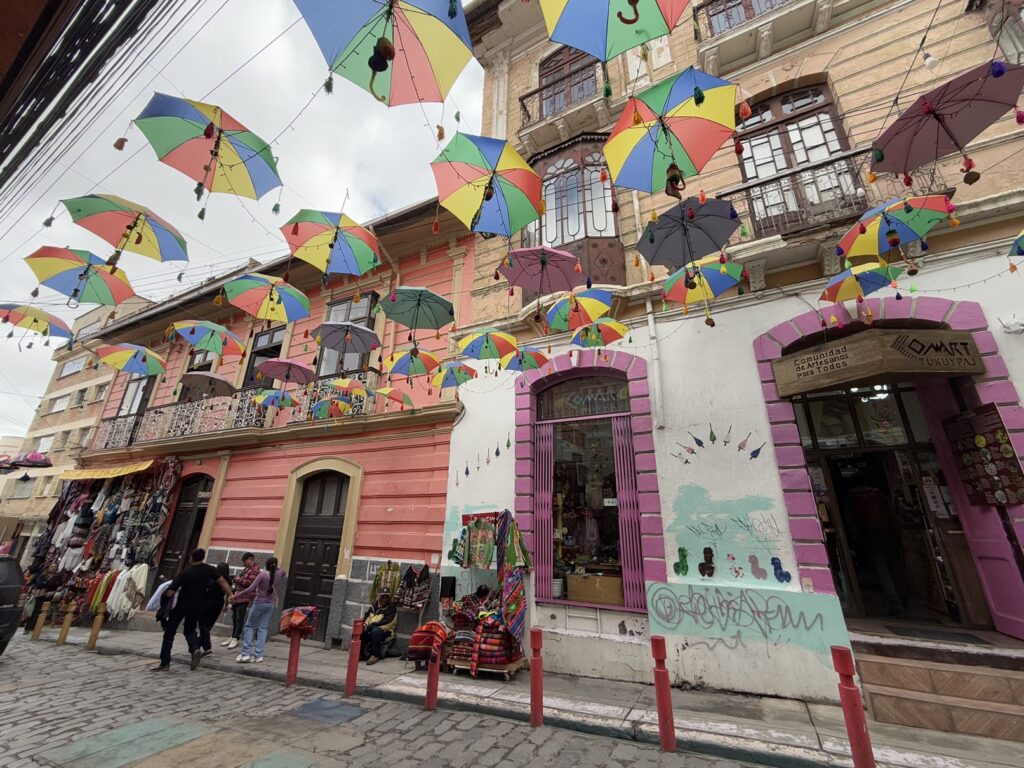
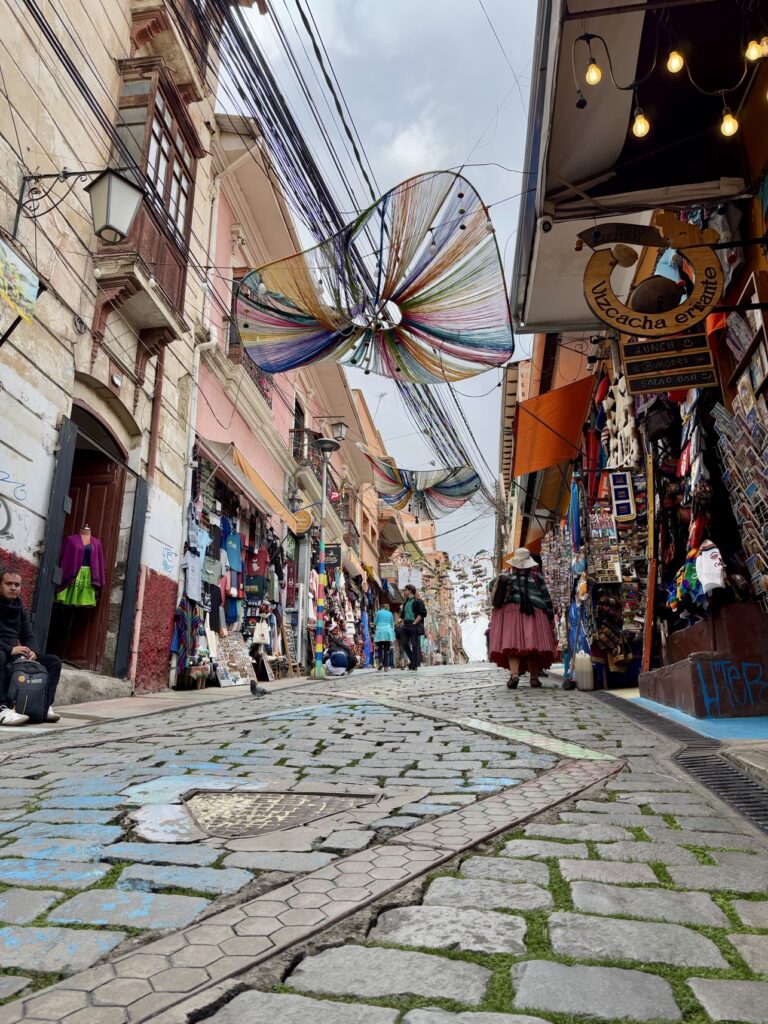
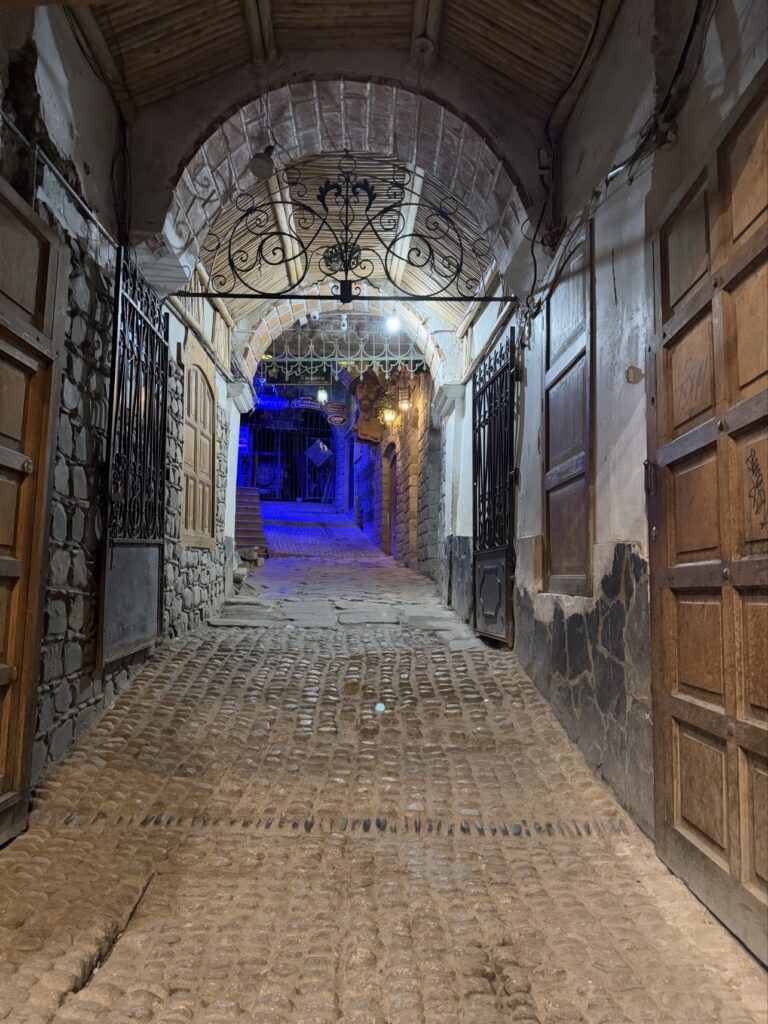
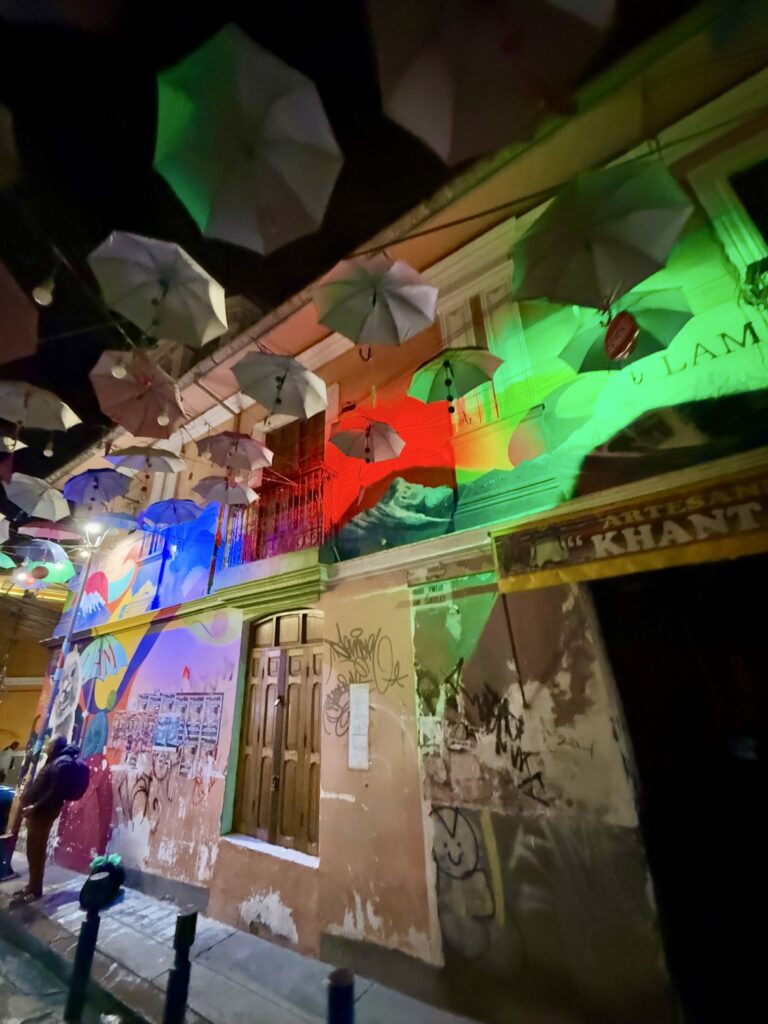
The arts scene and markets are also vibrant .
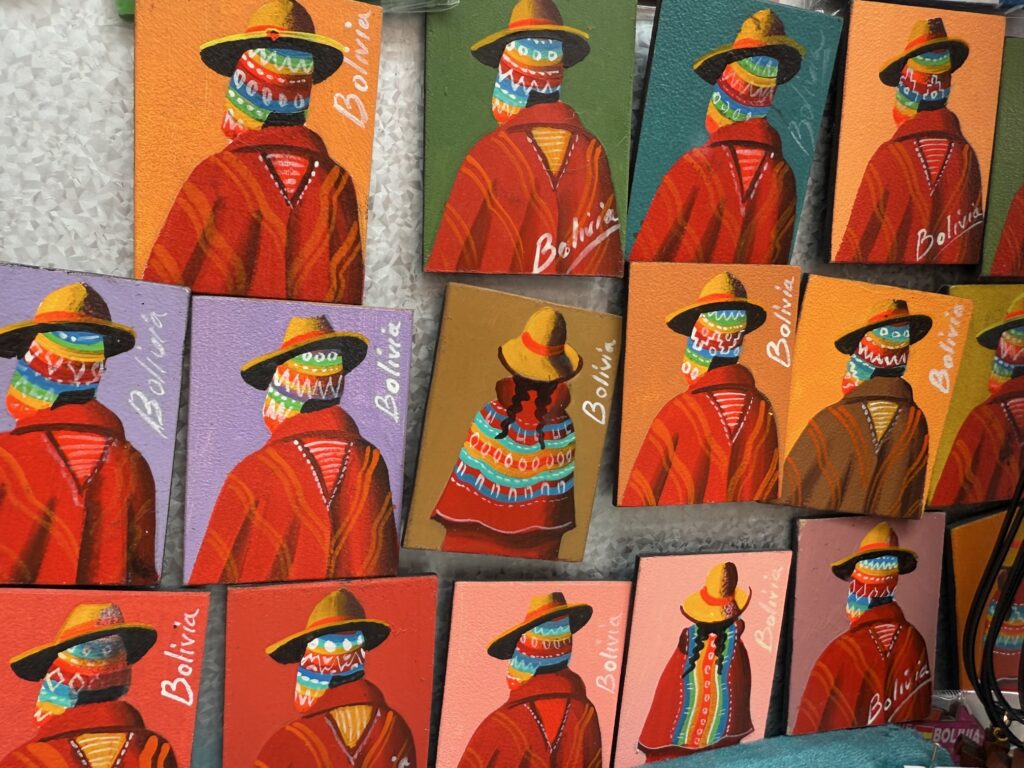
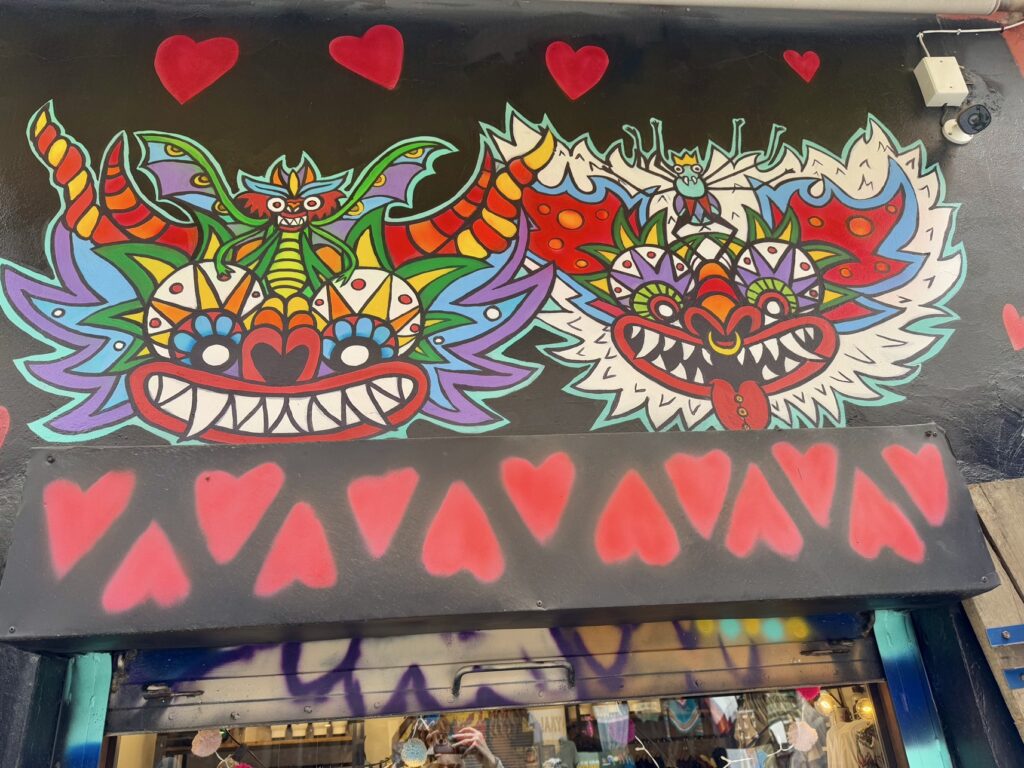
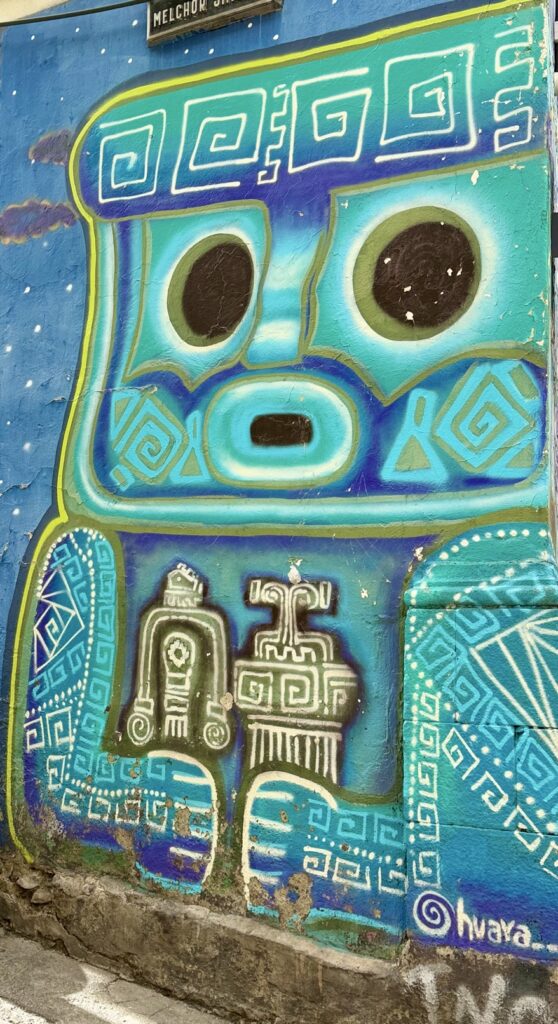
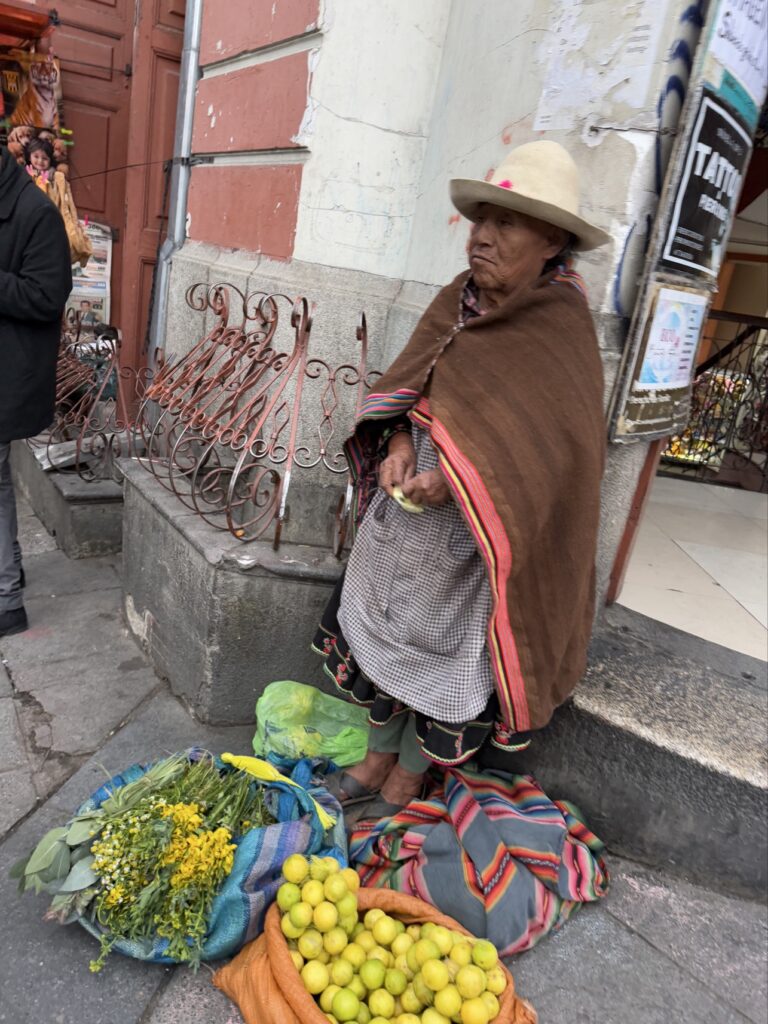
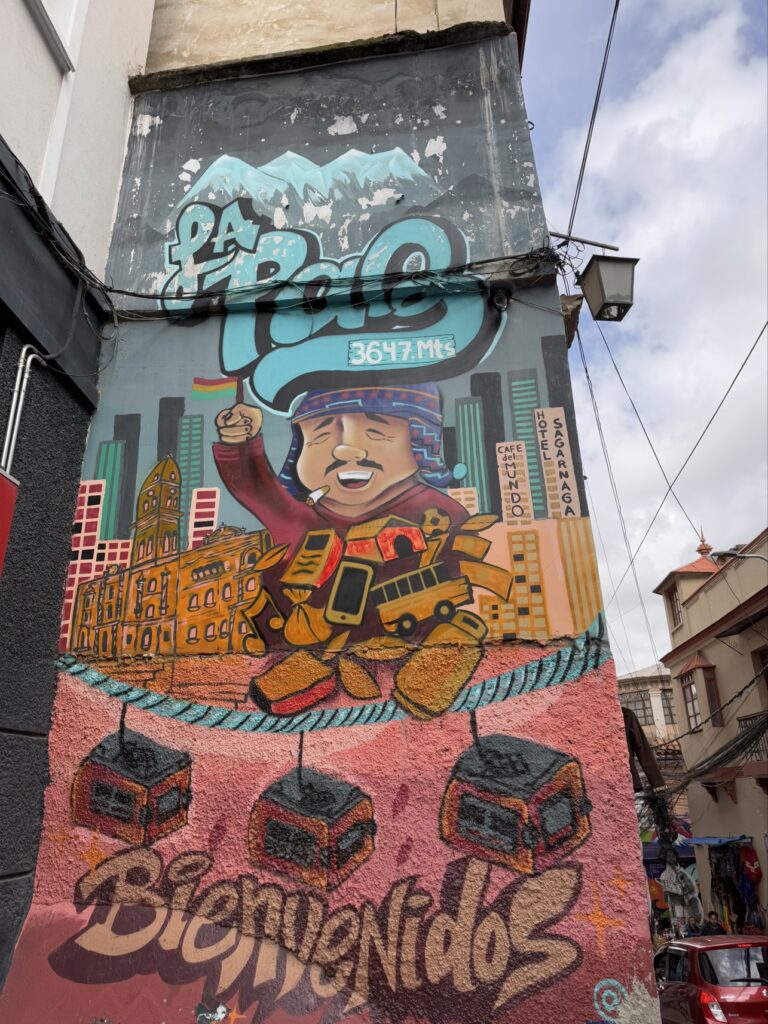
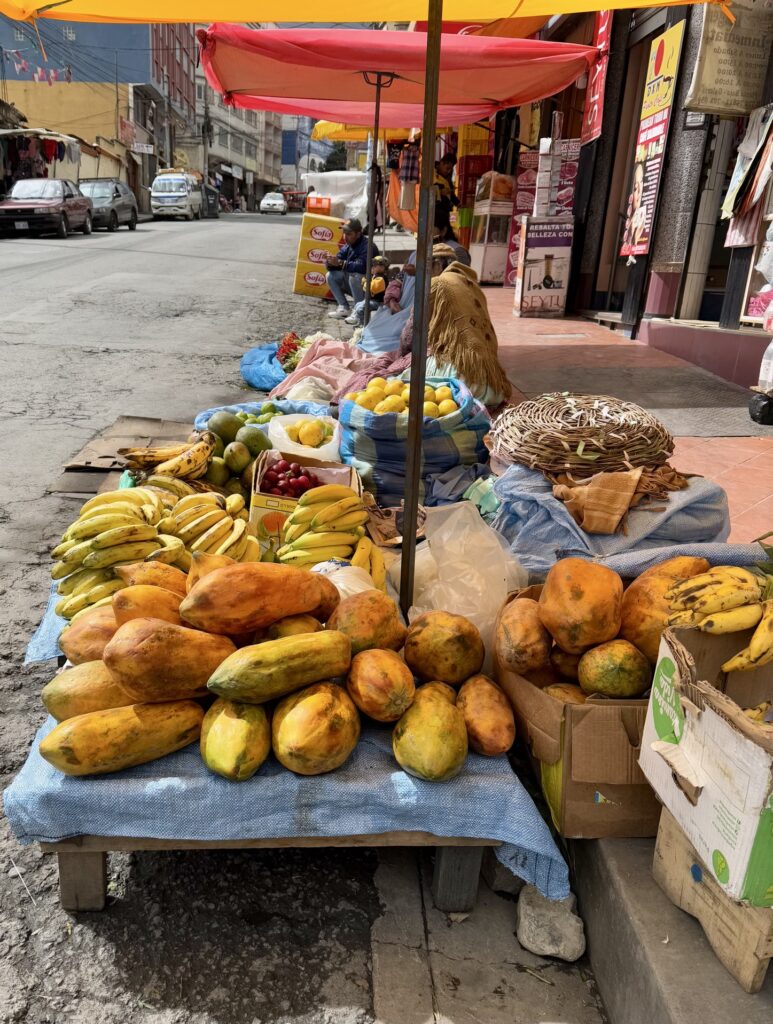
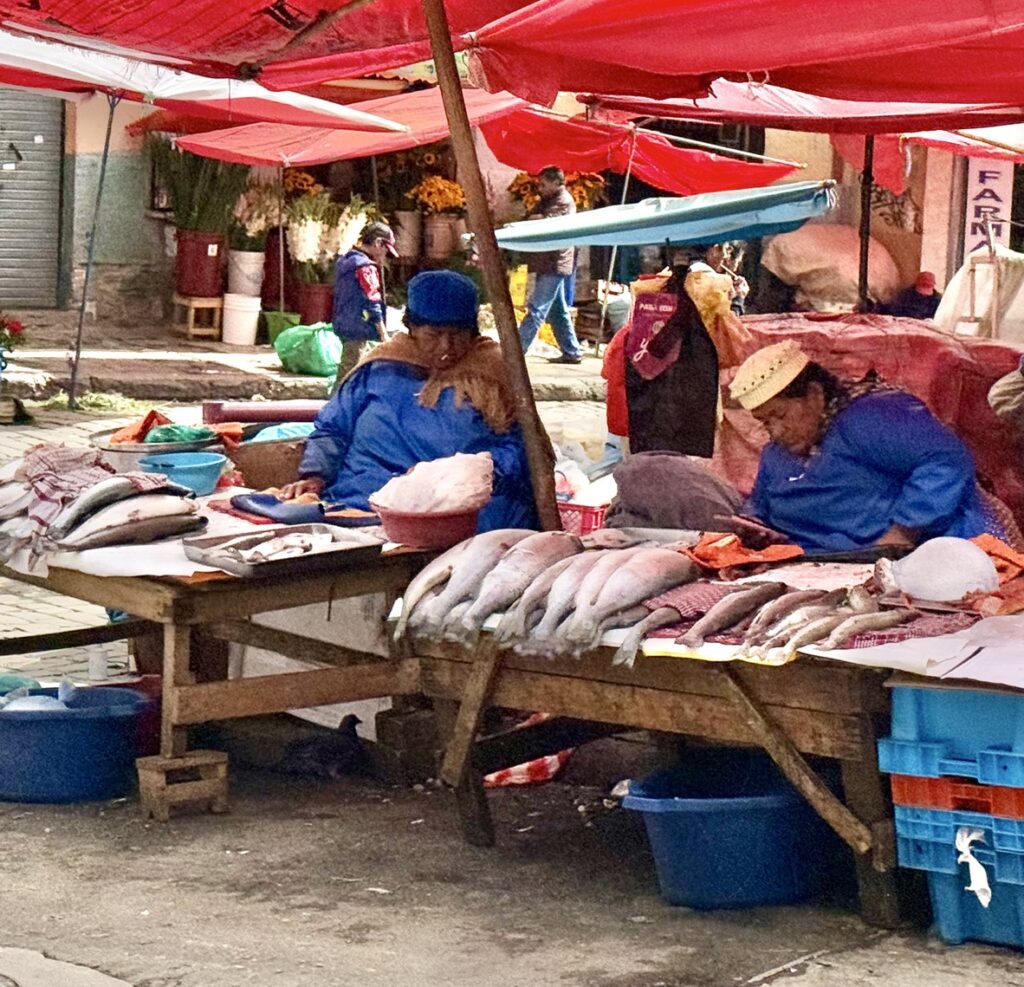
A few of us visit the nearby Valley of the Moon, an interesting geological area made up of tall clay and sandstone spires that resembles a moonscape.
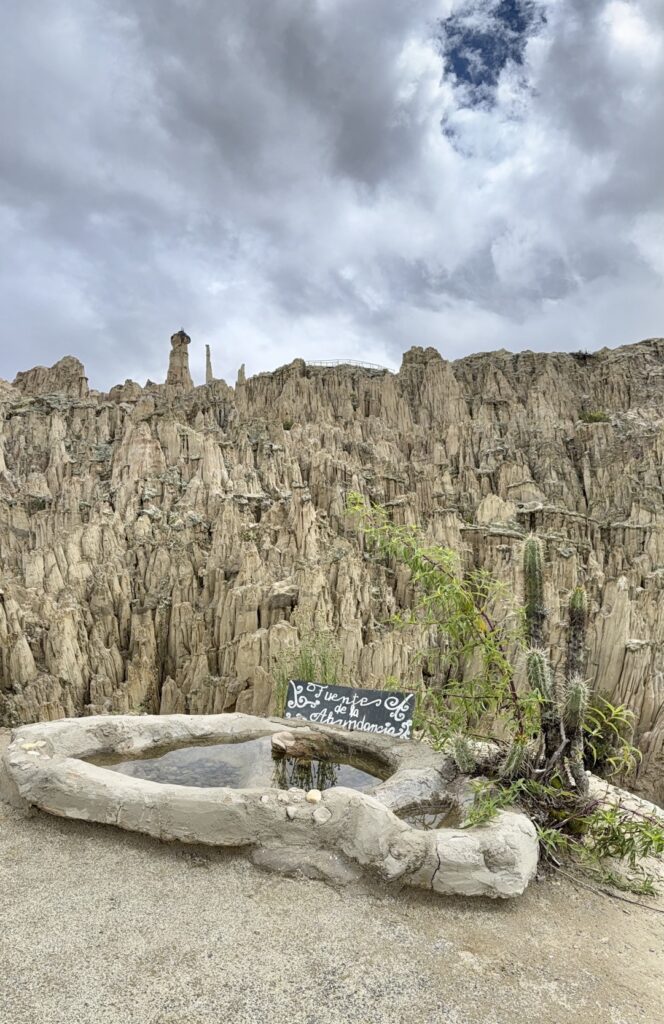
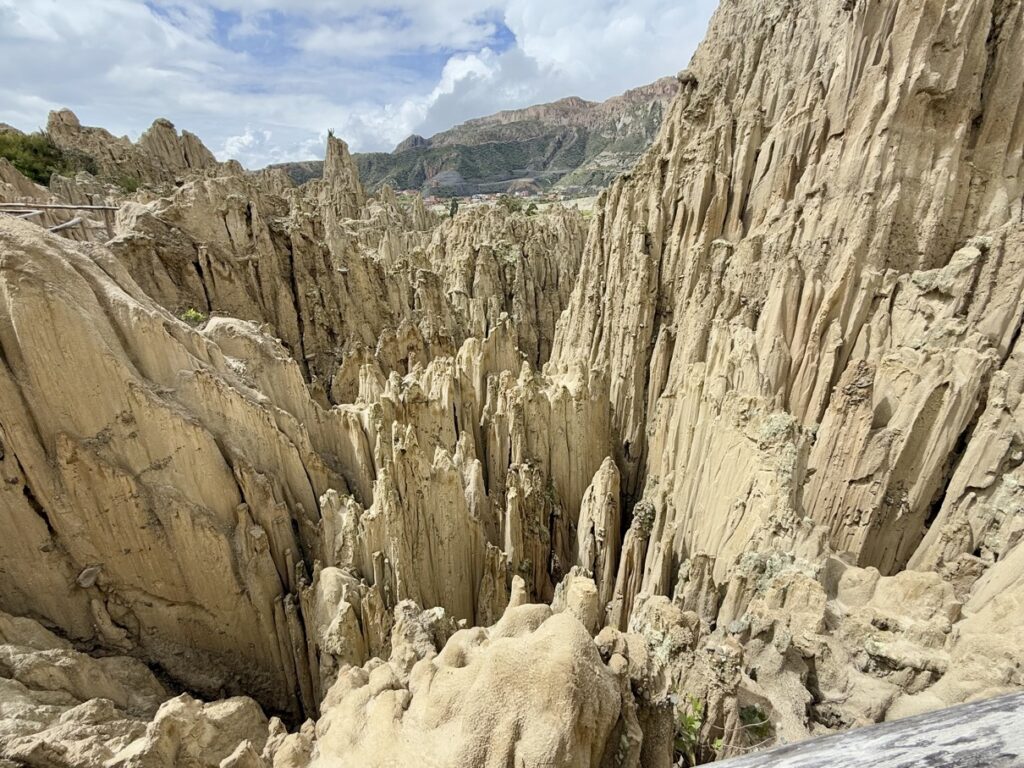
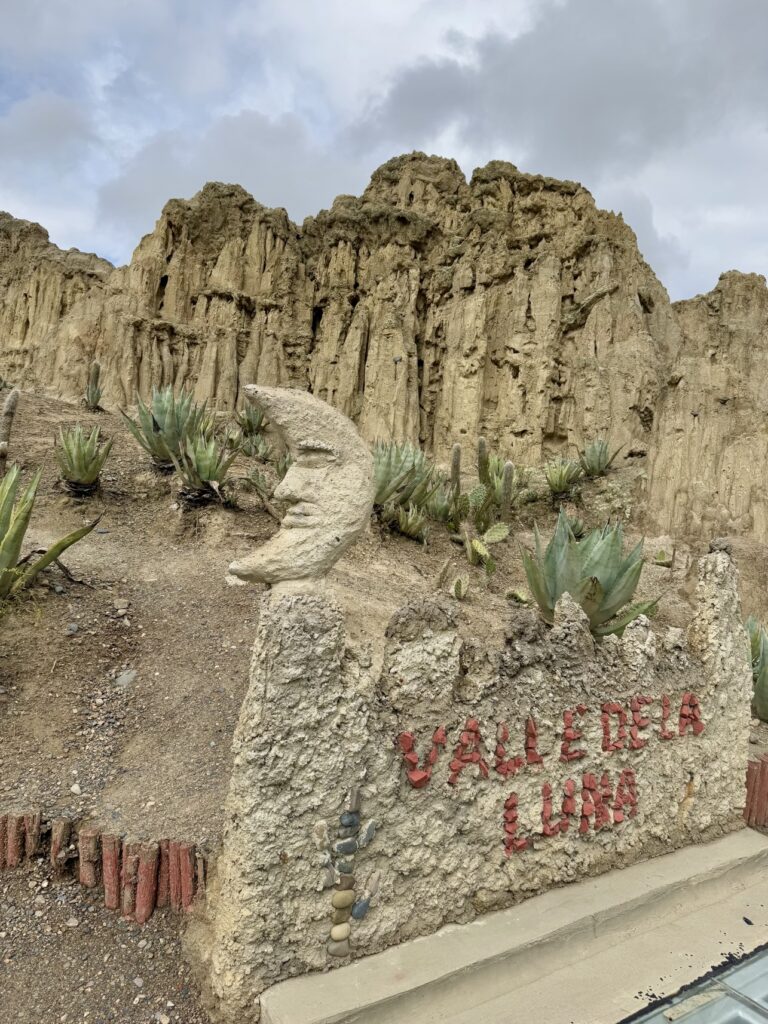
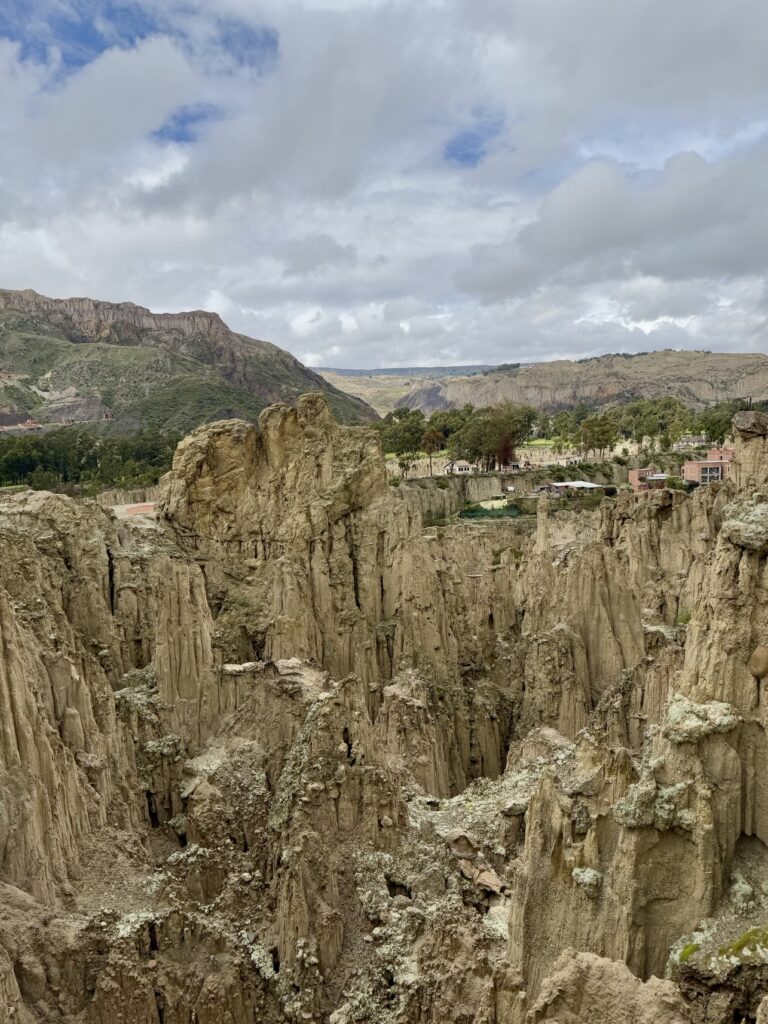
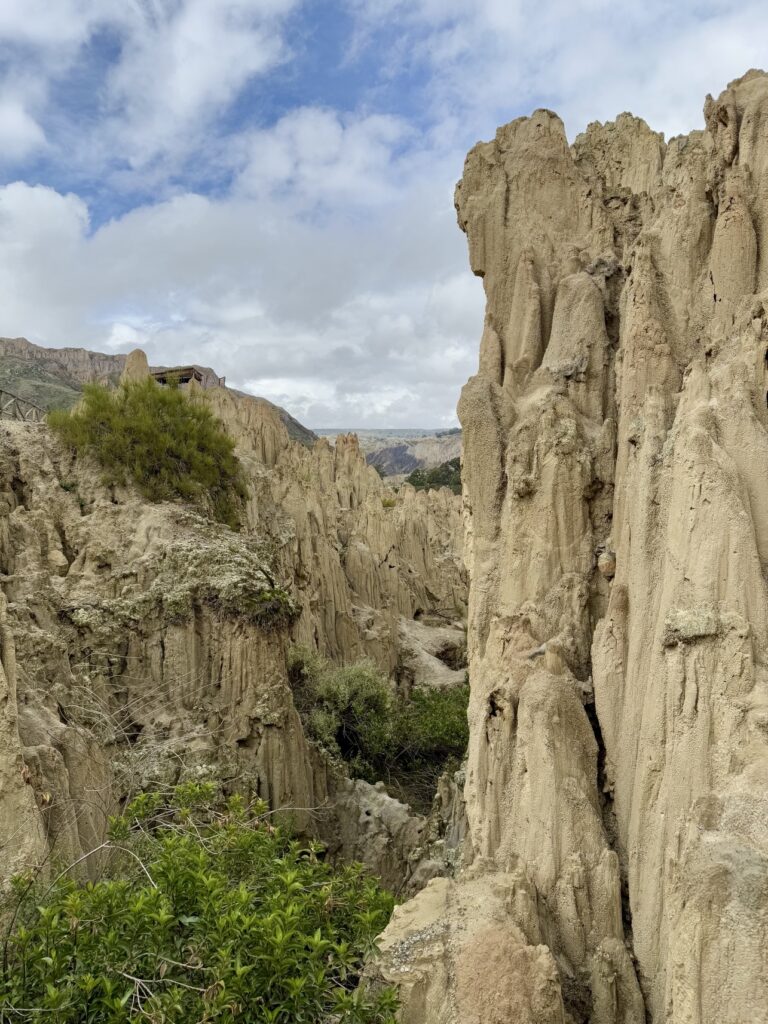
La Paz has a cable car urban transit system called Mi Téléférico instead of an underground subway system. It is a fantastic way to view the city from above. The stations are modern and very clean. As we transit above the city, we can see every day life happening below us.
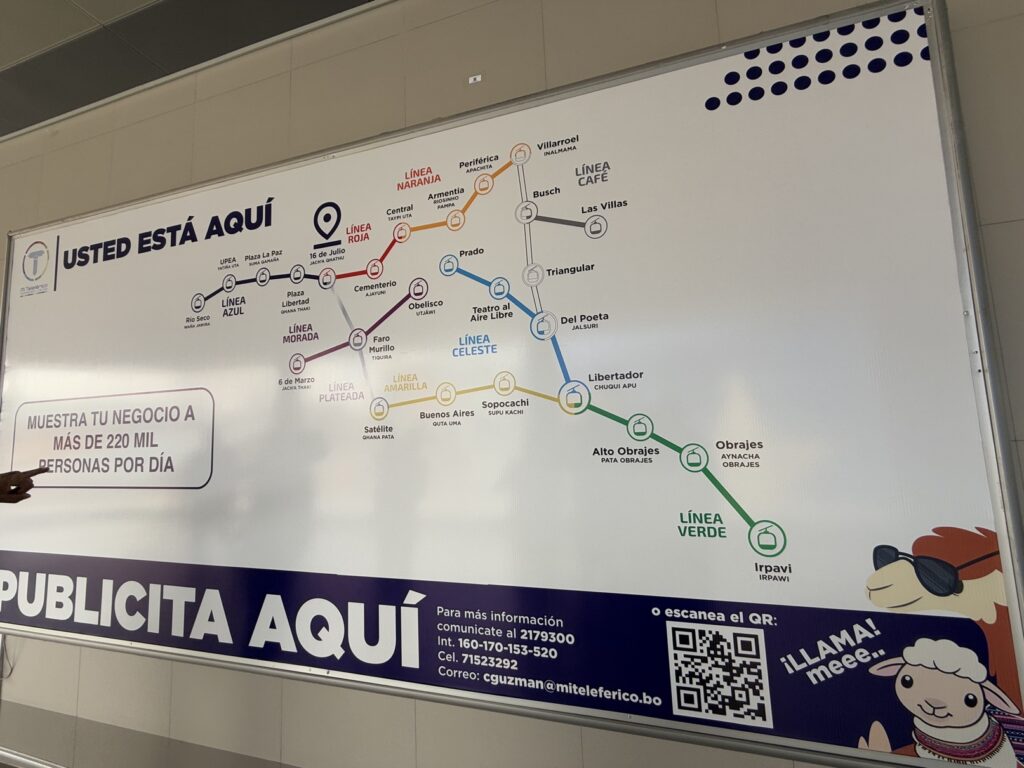
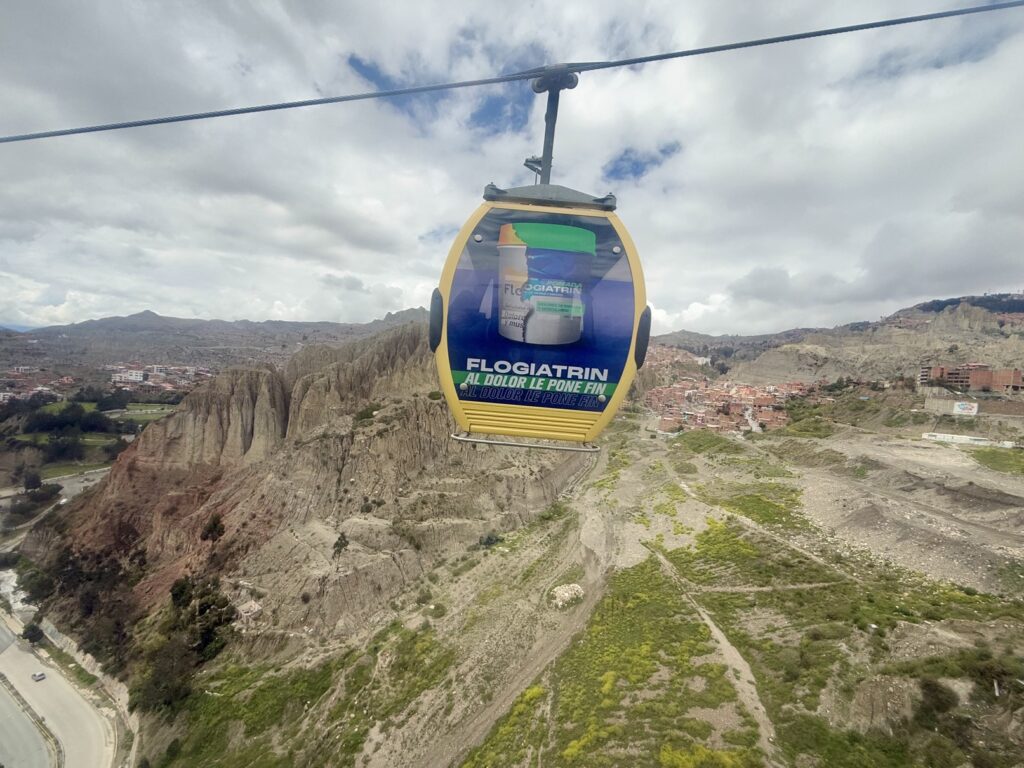
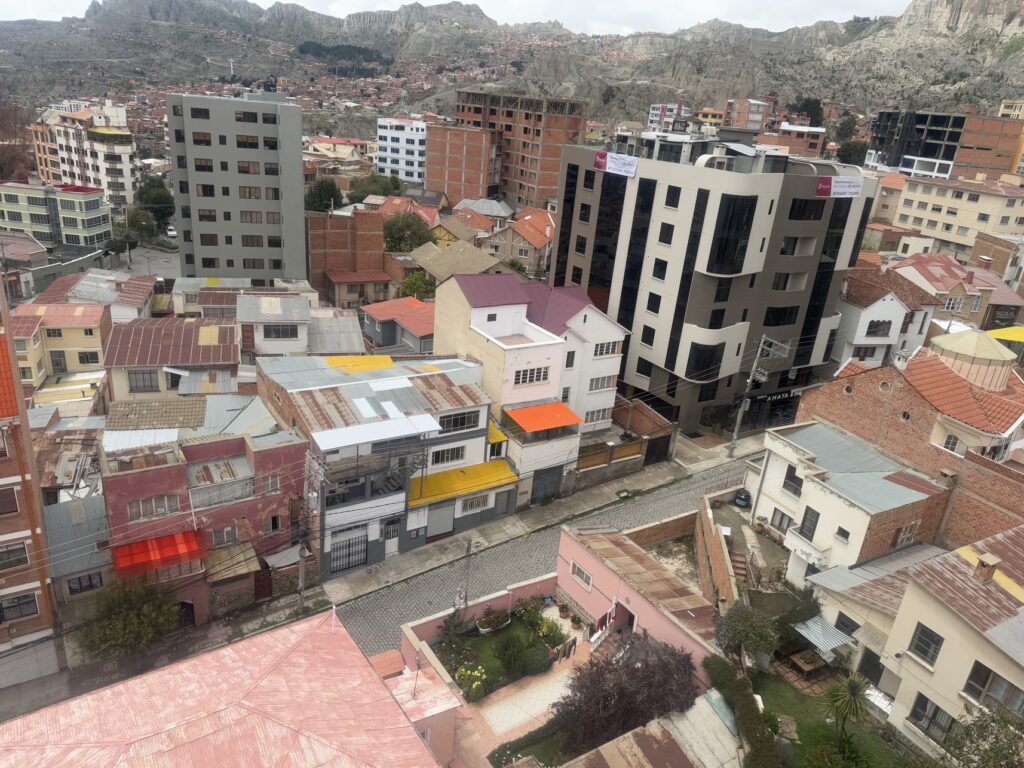
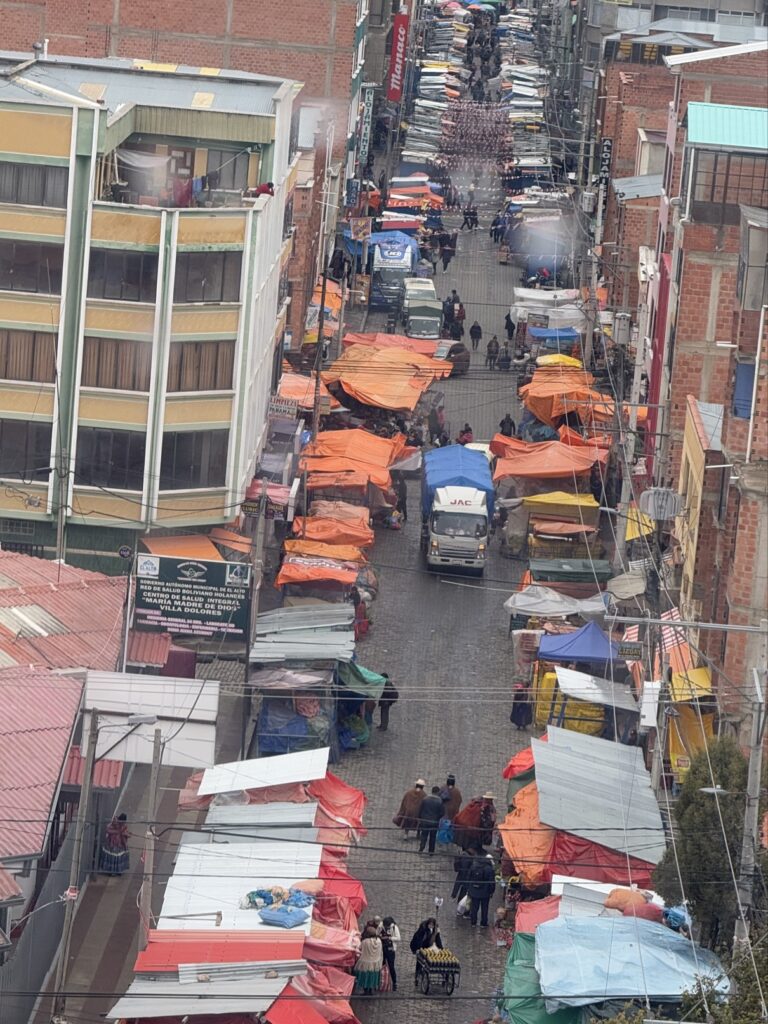
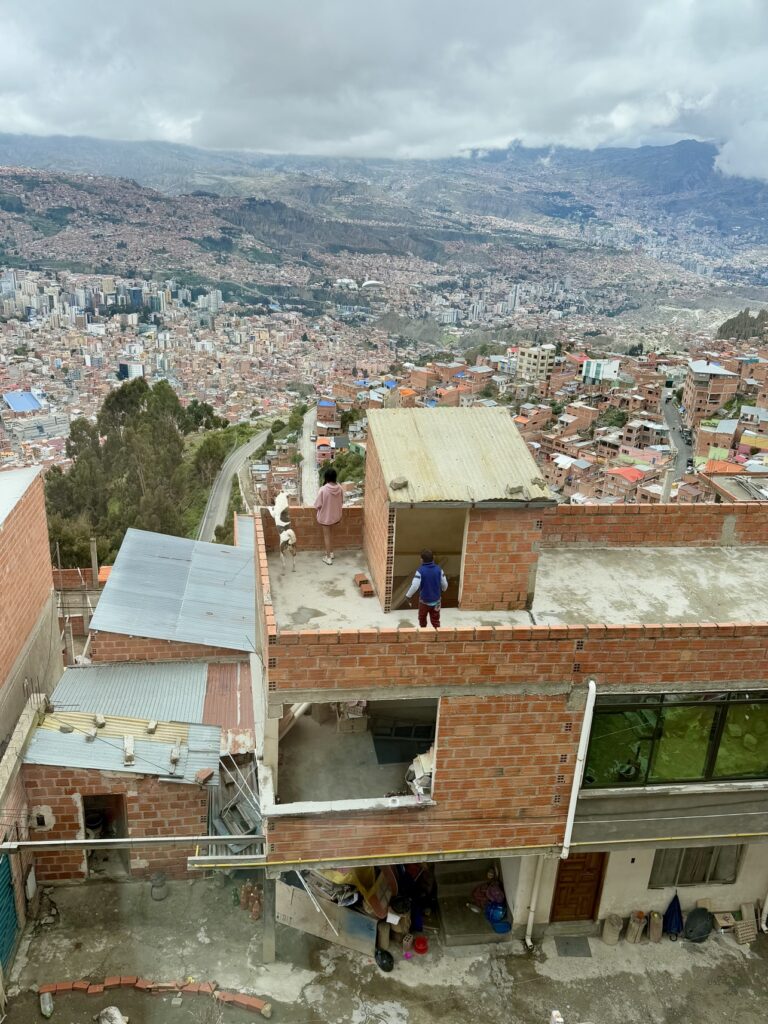
The vibrant colours of the Chualluma neighborhood is on full display. From our cable care urban transit, we can also spy the vast above ground Cementerio General. This cemetery is also an open-air museum built over 200 years ago. The five stackable crypts can only be rented for a maximum of ten years after which, the remains must be cremated and ashes collected by the families.
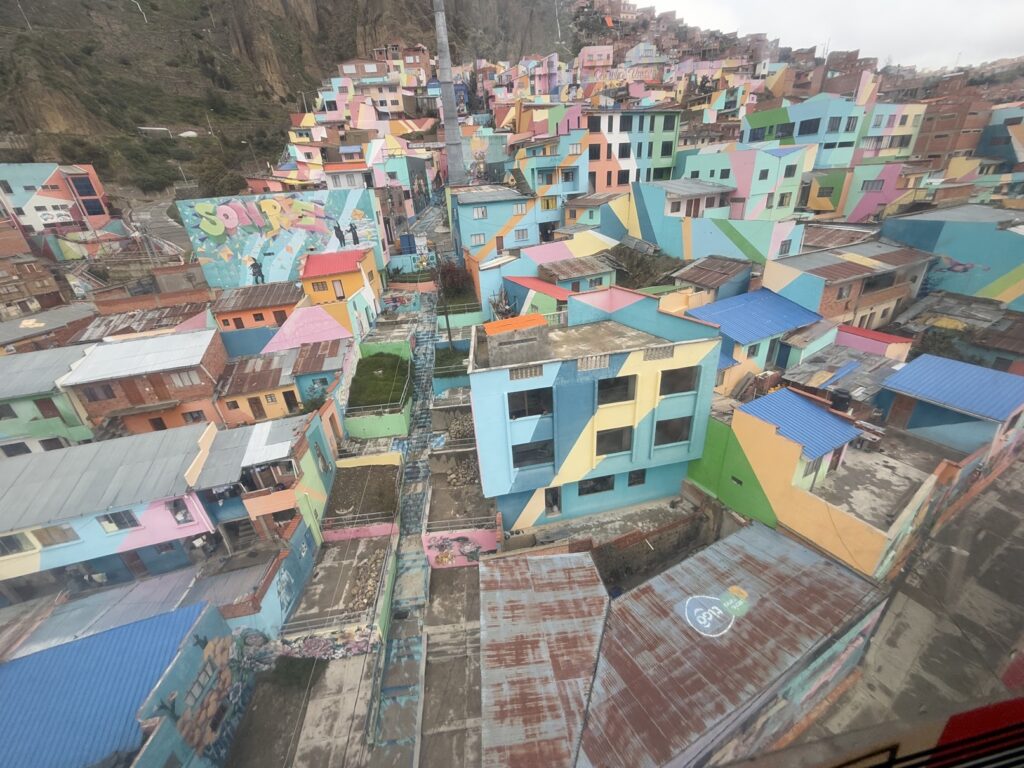
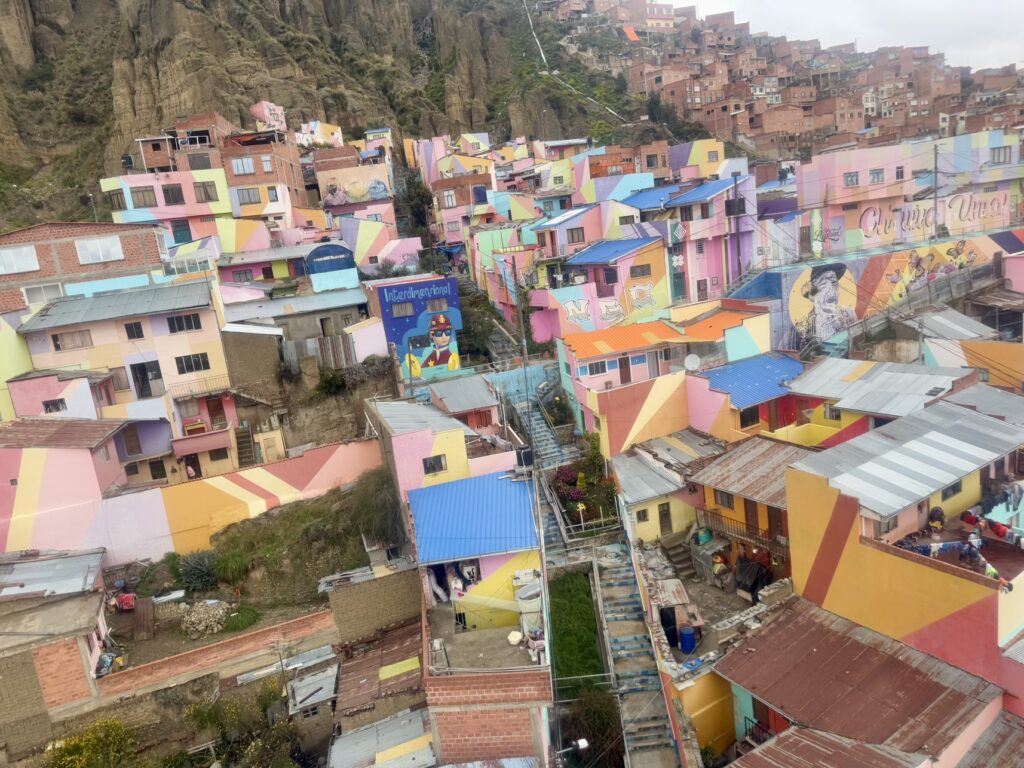
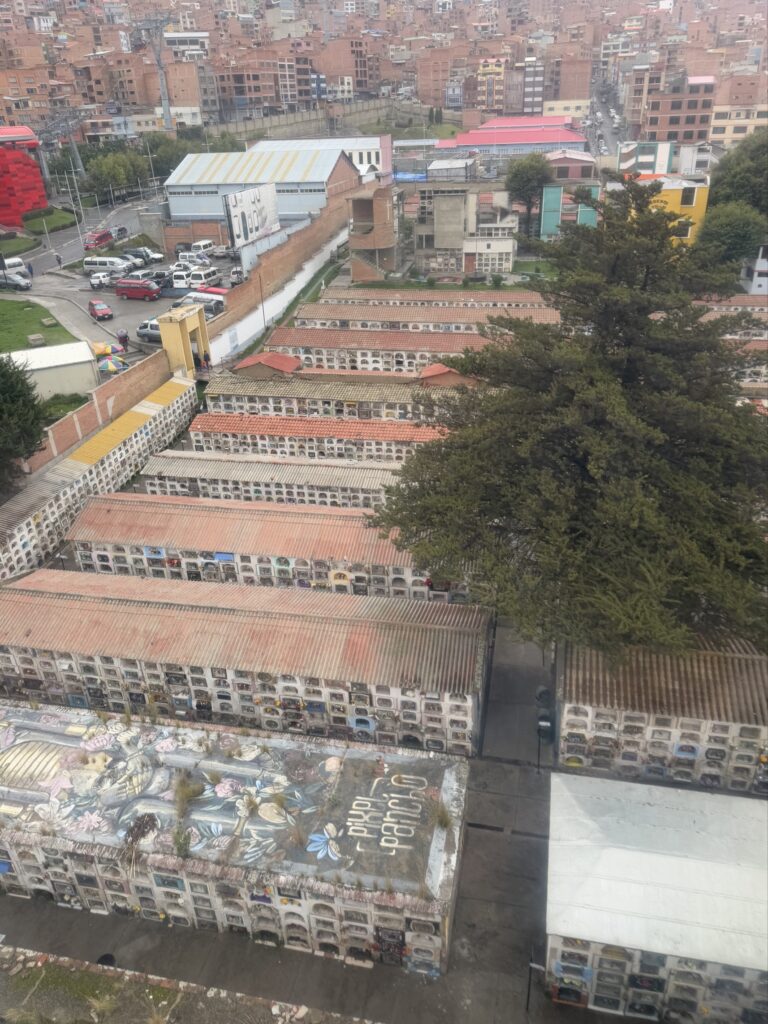
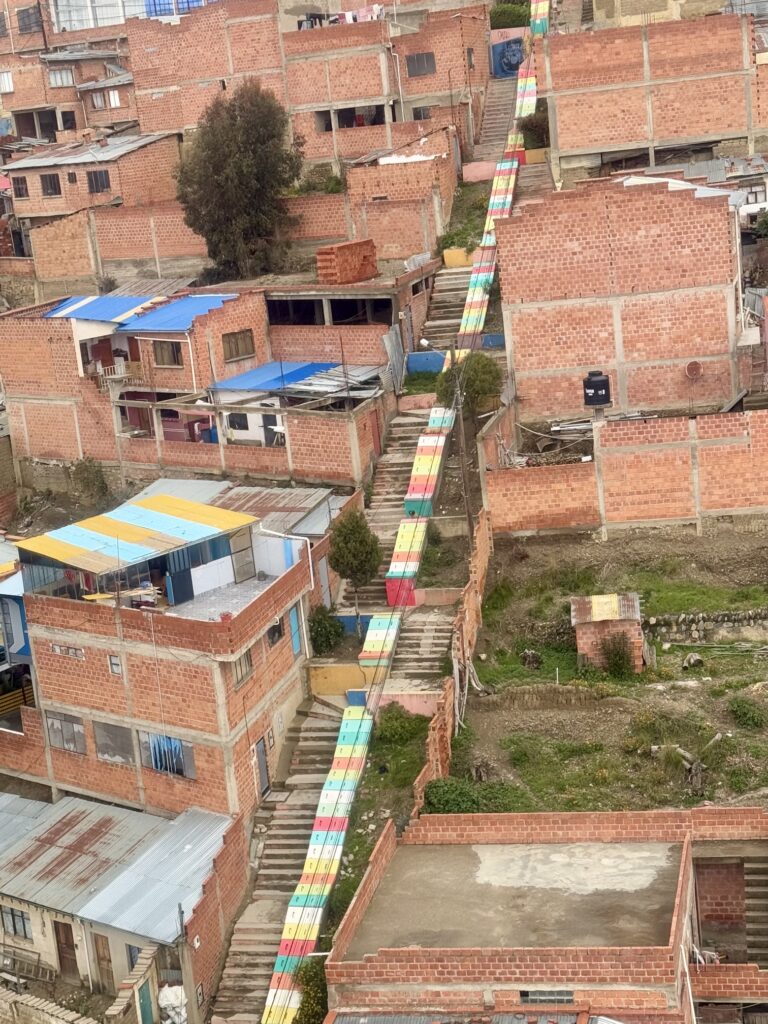
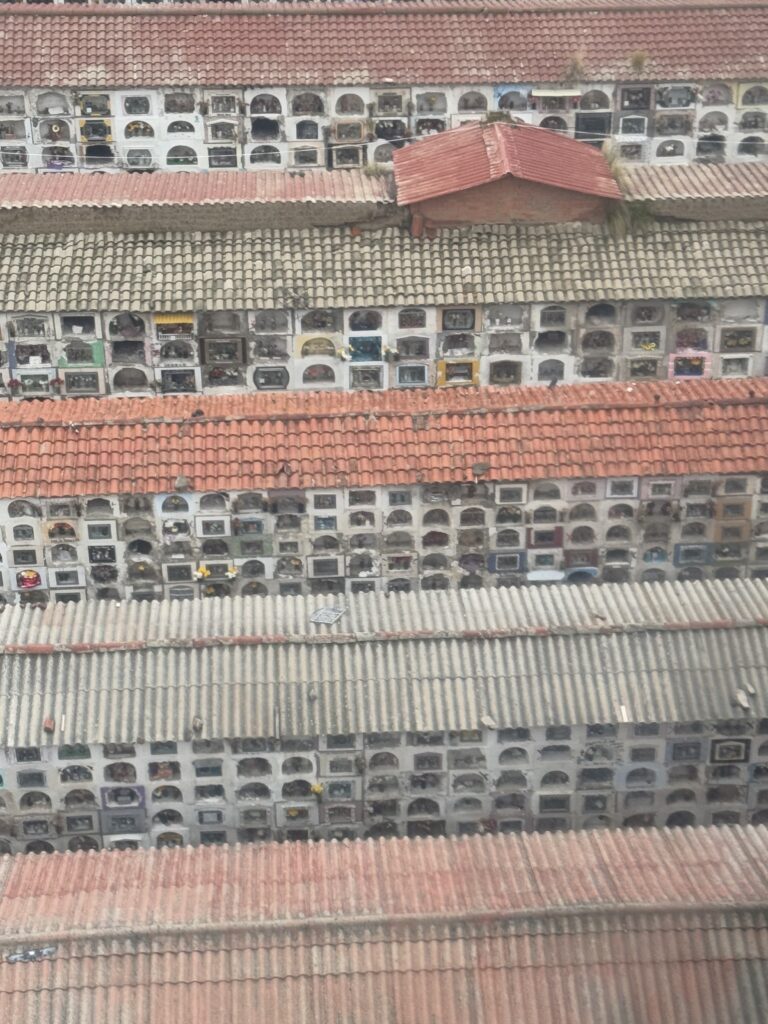
Our time in La Paz ends and we are off the next morning on a flight to Sucre, the actual capital of Bolivia!
Recent Comments